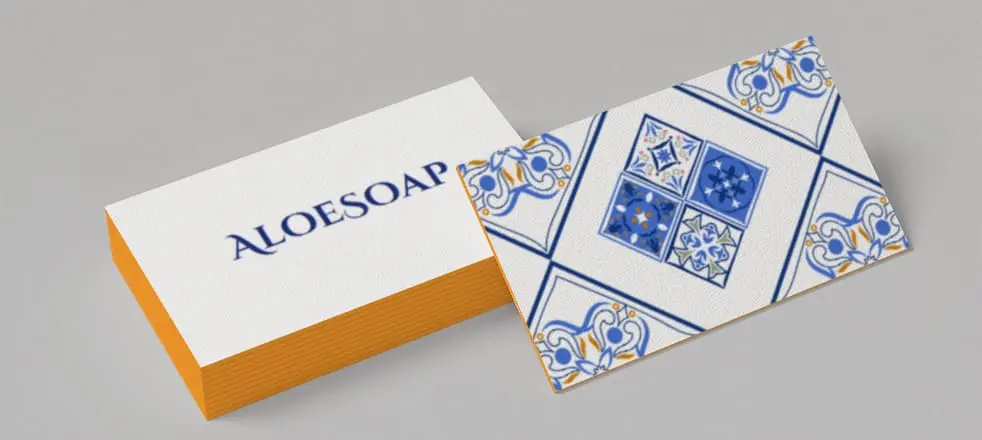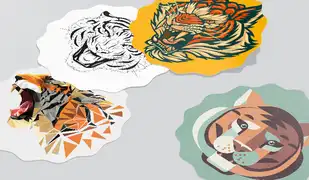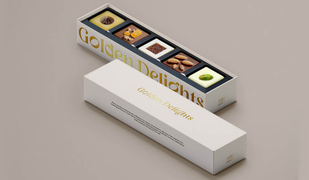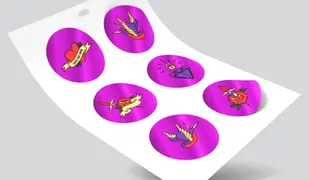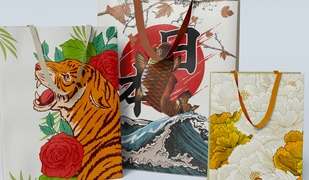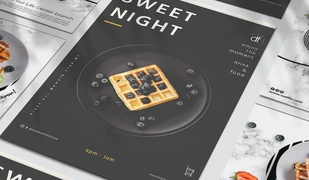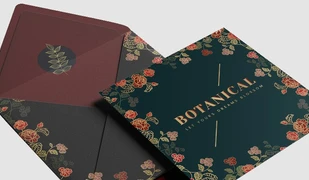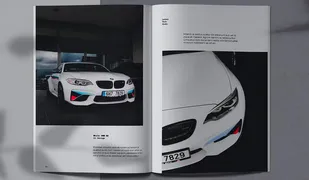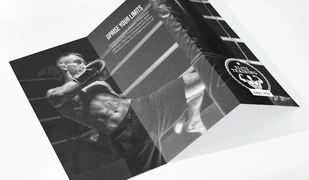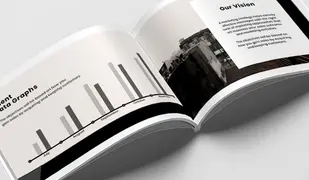Double-sided business card
Becoming increasingly popular, double-sided business cards stand out for their design flexibility and greater opportunities for presenting information about a person or company. Information is placed on both sides, allowing for more space to include data.
Advantages:
- Additional space for information: One side displays the name, contact information, company logo and address, while the other contains additional details.
- Increased design opportunities: Incorporation of various images, colour schemes, fonts, and other decorative elements.
- The opportunity to stand out from the competitors: information on both sides is memorable and attractive.
- Density: your data occupy a limited space.
Portfolio
Materials
For premium business cards, coated paper or cardboard is often used. The choice of glossy or matte, white or tinted material is up to the customer. Contrast inks ensure better readability. Designer paper, thin plastic, leather, or metal sheets make double-pasted business cards look more appealing. Lamination protects them from daily wear and tear, enhancing their look and extending their service.
Benefits






Services
Our clients























Price
Double-pasted business cards are more expensive than their one-sided alternatives since their production process takes more time and effort. The price is determined individually, taking into account the material and labour costs, and depends on several factors:
- Technology: For large orders (from 1000 pieces), full-colour offset method is more cost-effective. For smaller quantities, digital printing is preferable.
- Shape: Custom-shaped cards require more material and labour.
- Designer services: If there is no ready-made layout.
- Further processing: Lamination, perforation, and fluorescent coating affect the price.
- Urgent orders are more expensive.
PMG Design and Artwork Services offers full-cycle printing—from creating the design layout to post-processing.
Cooperation













